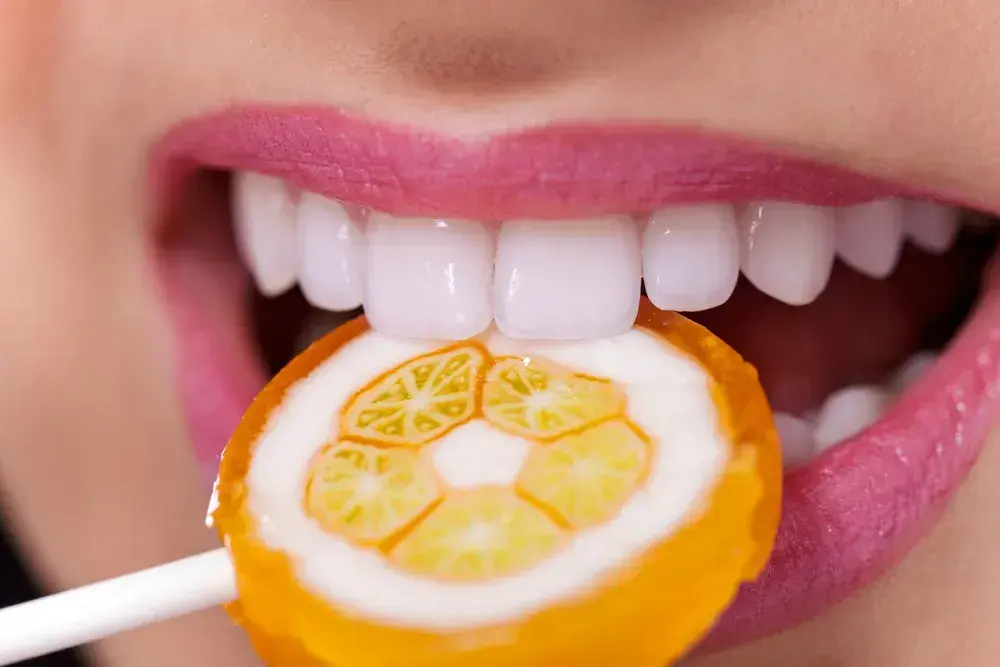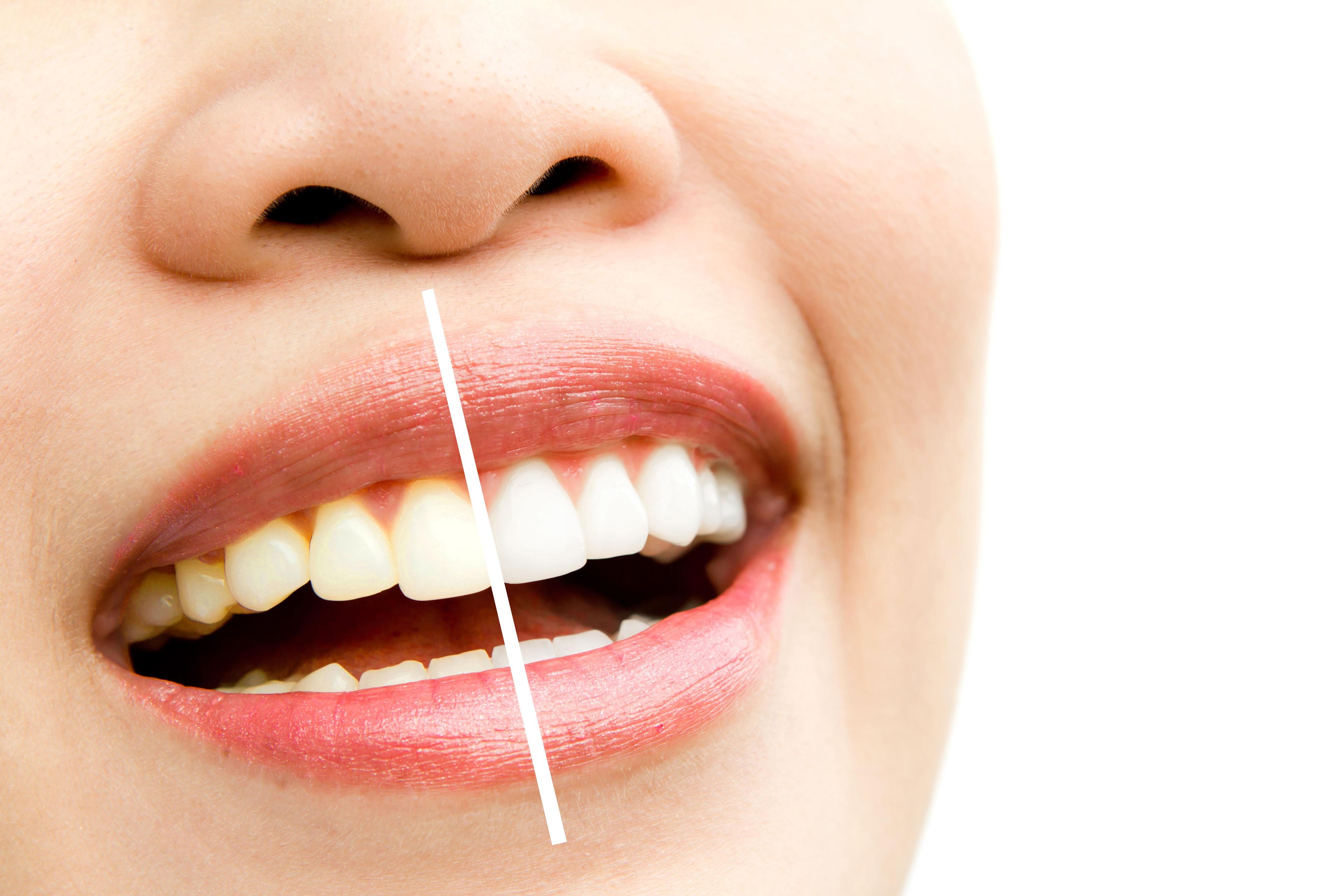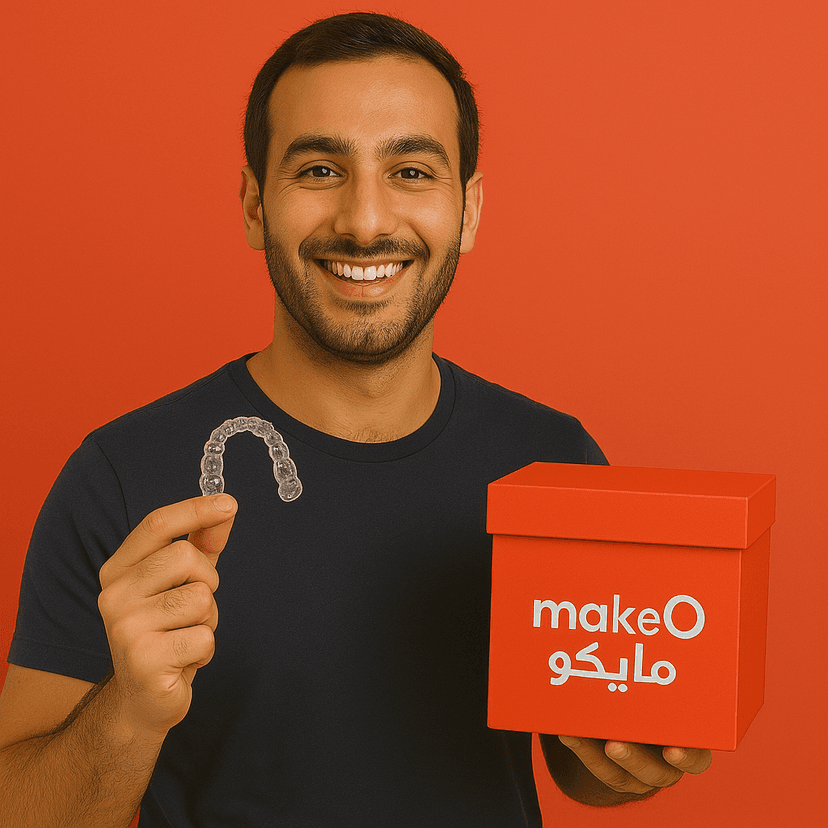

Sensitivity to Heat and Cold
Oral cavities may be the cause of sensitivity that persists after consuming hot or cold food. The dentin, the hard tissue layer below the enamel, may be affected when the enamel on your tooth starts to erode. There are several tiny, hollow tubes in dentin.
Hot, cold, sticky, or acidic foods can activate the cells and nerves within your tooth when there isn't adequate enamel to shield the dentin. This is the source of your sensitivity.

Lingering sensitivity to sweets
Persistent sensitivity to sweets and sugary beverages can also indicate dental decay, even though hot and cold are the most typical sensitivities when you have a dental cavity. Persistent pain from sweets is frequently due to enamel degradation and, more precisely, the early stages of a cavity, much like temperature sensitivity.

Toothache
A persistent pain in one or more of your teeth may be a sign of a cavity. One of the most typical signs of a cavity is a toothache. Occasionally, this pain may strike out of the blue or be brought on by food. This encompasses discomfort and pain in the oral cavity. Biting down on food can sometimes cause pressure and pain.

Teeth Discolorations
The stains on your tooth may initially show up as white patches. It is possible for the stain to darken as the tooth decay progresses. Cavity-related staining usually affects the tooth's surface and might be brown, black, or white.
Pit or Hole in your Tooth
You will eventually have a hole or pit in your tooth that you may be able to see when you look in the mirror or feel when you run your tongue over the surface of your teeth if the white spot on your tooth—which is the beginning of a cavity—gets worse.
Certain holes, particularly those found in nooks and crannies, are invisible. However, you can still experience sensitivity or pain in the cavity's vicinity.
Conclusion
Early cavity detection can prevent pain, expensive procedures, and even tooth loss. You can take proactive measures to stop additional damage by being aware of the early warning symptoms, which include sensitivity, discolouration, and obvious holes.
Proper oral care and regular dental checkups play a vital role in maintaining a healthy smile. If you're looking to improve your overall dental health and achieve a more aligned smile, teeth straightening treatments can help prevent crowding and misalignment, which may contribute to plaque buildup and cavities.
Remember that the best way to keep your teeth healthy is to practise proper dental hygiene, restrict sugary foods, and see your dentist on a regular basis. Early intervention is the greatest method to preserve your smile for years to come, so don't disregard any warning symptoms. Therefore, to preserve your teeth in the best possible condition, act quickly and see your dentist if you observe any of these signs!









